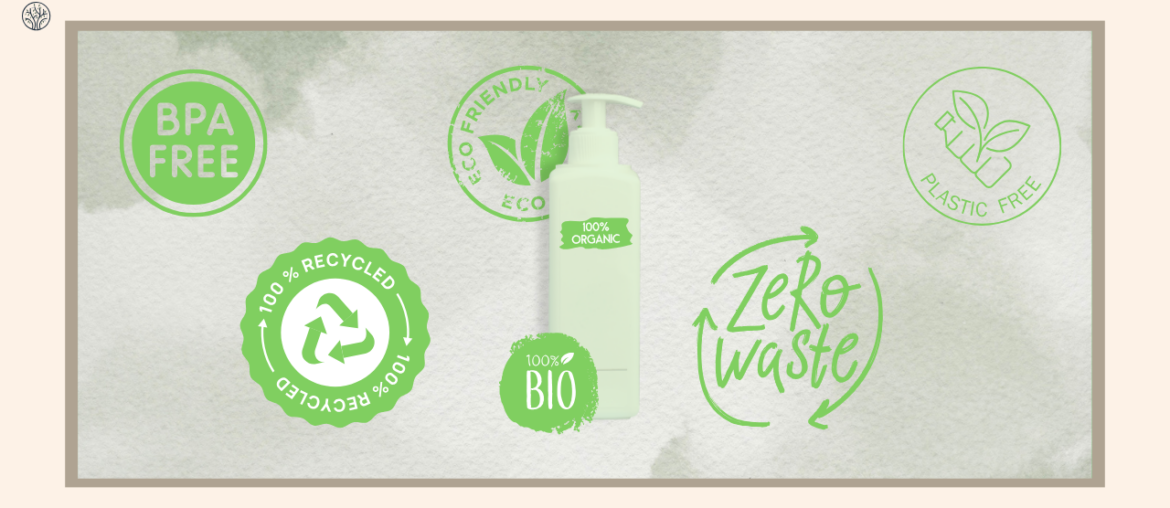The “all-natural” products you buy aren’t always all-natural. That’s called greenwashing – a deceptive marketing practice that is widespread in every industry and sector. Let’s take a look at some greenwashing examples from recent years.
Being aware of its signs and examples will help us spot corporate tricks more easily and protect ourselves from greenwashing.
What Is Greenwashing?
Greenwashing is when companies make false or misleading claims about the environmental benefits of their product or service. It is a way of pretending to be sustainable without actually being sustainable.
At its simplest, greenwashing can be subtle packaging tricks. Think of the juice box with images of a green farm and juicy fruits. While it’s not making any claims, it can still imply the natural, fresh, and healthy sense.
But greenwashing can also have more serious and lasting effects than just simple packaging and misleading ads. Large-scale greenwashing can influence culture and shape our behavior on a subconscious level. How many of us to this day still believe that carrots are good for our eyes? What if I tell you that belief originated from a British campaign during World War II?

The campaign was designed to hide the fact that the British Royal Air Force had developed a secret radar technology that helped them shoot down enemy planes at night. Also, it was a method to encourage people to eat more carrots, which were cheap and abundant at the time.
Although this is not an example of greenwashing per se, it shows how a propaganda campaign from WWII can affect consumers’ behavior even today. To be more conscious consumers, we need to equip ourselves with the right knowledge and skills to avoid being greenwashed by corporations. One of the best ways to do that is to learn from real greenwashing case studies.
10 Examples Of Greenwashing From Big Cooperate
IKEA: Illegal Logging
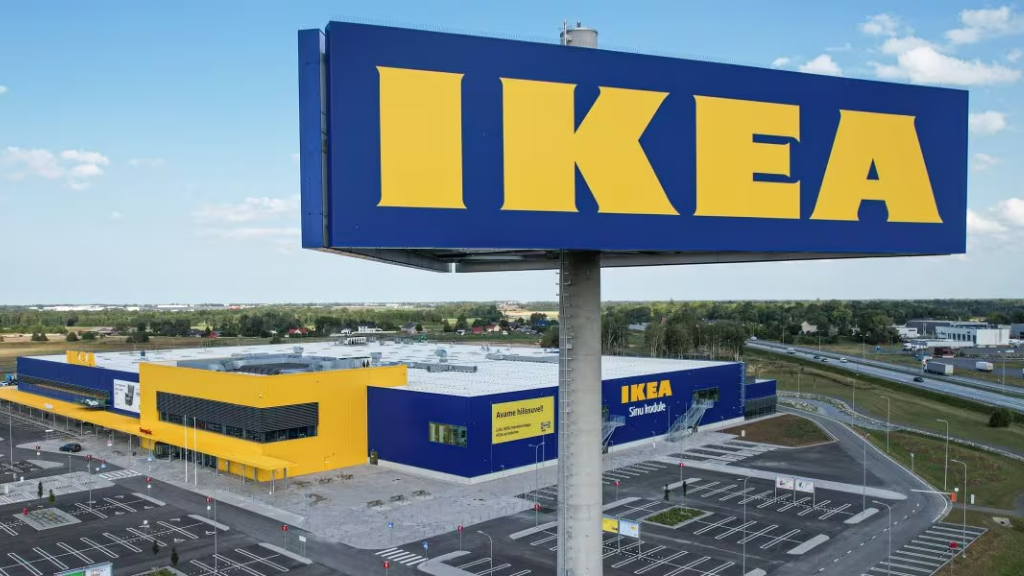
IKEA, the world’s biggest wood consumer, has more than doubled its timber use in the past decade. However, a recent investigation by Earthsight revealed that some of IKEA’s beechwood chairs came from illegally logged forests in Ukraine’s Carpathian region.
What makes this case even more shocking is that the Forest Stewardship Council (FSC) certified the illegal timber. This exposes the flaws and lack of transparency in the FSC system, which Earthsight claims is not an isolated problem.
Despite this scandal, IKEA still ranks among the best in the world for its sustainability efforts, and FSC is still the gold standard of forest certification.
H&M: Fast Fashion
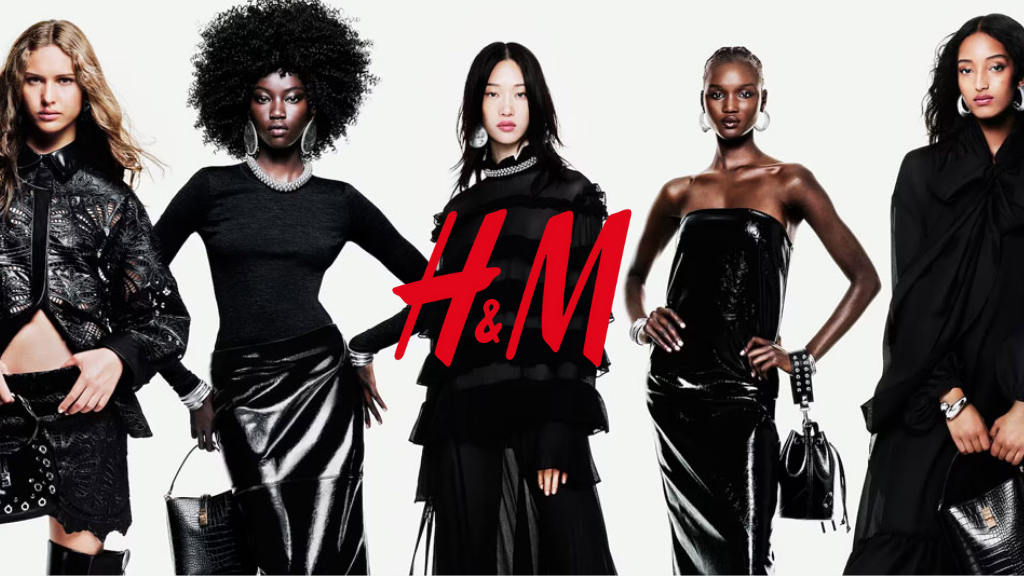
A 2021 report from the Changing Markets Foundation revealed a shocking level of greenwashing among major high-street fashion brands. They examined the clothing and the labels of these brands and found that 60% of their claims were misleading. H&M was the worst offender, with 96% of their claims failing to meet the standards.
This means that almost all of H&M’s sustainability claims were nothing but a marketing strategy to lure eco-conscious consumers.
So, don’t be fooled by vague and catchy words like ‘conscious’ when you shop at a big retailer like H&M. Chances are, they are lying to you.
Shell: Misleading Message
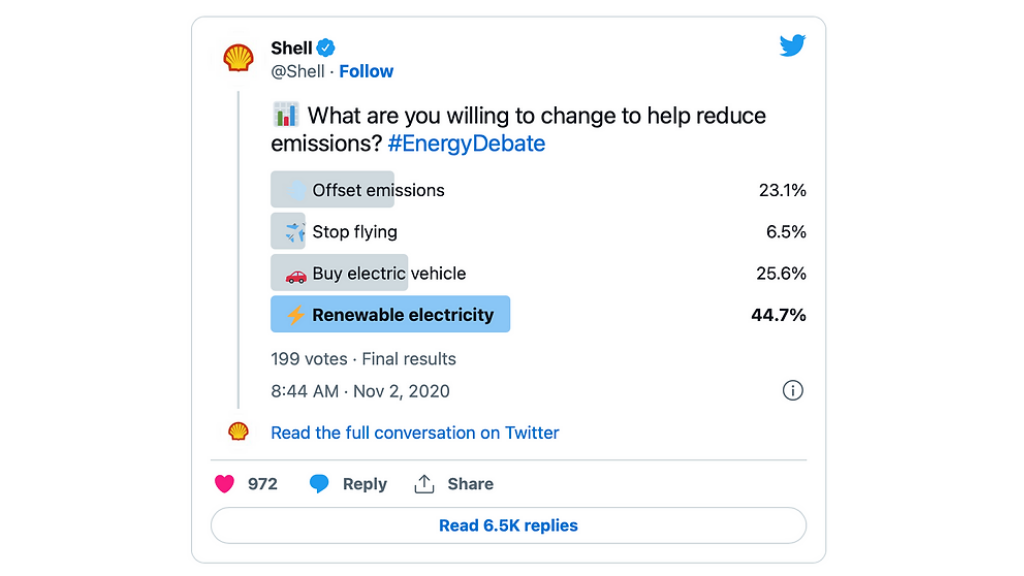
Shell is one of the biggest polluters in the world, responsible for 1-2% of global CO2 emissions every year from its oil and gas operations. Yet, they had the audacity to ask their Twitter followers what they would “change to help reduce emissions”. Seriously?
The tweet backfired spectacularly, attracting only 199 votes but thousands of angry replies, including from celebrities like Alexandra Ocasio-Cortez and Greta Thunberg.
This was a blatant case of greenwashing, but Shell got a taste of justice when a European court ordered them to cut their emissions by 45% by 2030 compared to 2019 levels. This was a historic ruling, as it was the first time a private company was legally bound to reduce its emissions by a specific amount and deadline.
But that’s not all. Shell also faced another greenwashing scandal that took a year to resolve. In June 2022, they launched a campaign to promote their clean energy business in Bristol and the UK, with misleading claims about their renewable electricity and e-vehicle charging stations. For example, they claimed that “In the South West 78,000 homes use 100% renewable electricity from Shell Energy”, while hiding the fact that it came from the National Grid in small print.
Adfree Cities, a campaign group, complained to the ASA, arguing that the ads failed to disclose Shell’s total environmental impact. Shell does invest in clean energy, but it also emitted 1.2 billion tonnes of CO2 last year and plans to increase their oil and gas production. Their net-zero target is set for 2050, which is too little too late.
The ASA finally banned the campaign a year after it started, but the damage was done. We need stricter regulations to stop fossil fuel companies from lying to us about their green credentials.
What else are you hiding, Shell?
Unilever: Vague Environmental Claim
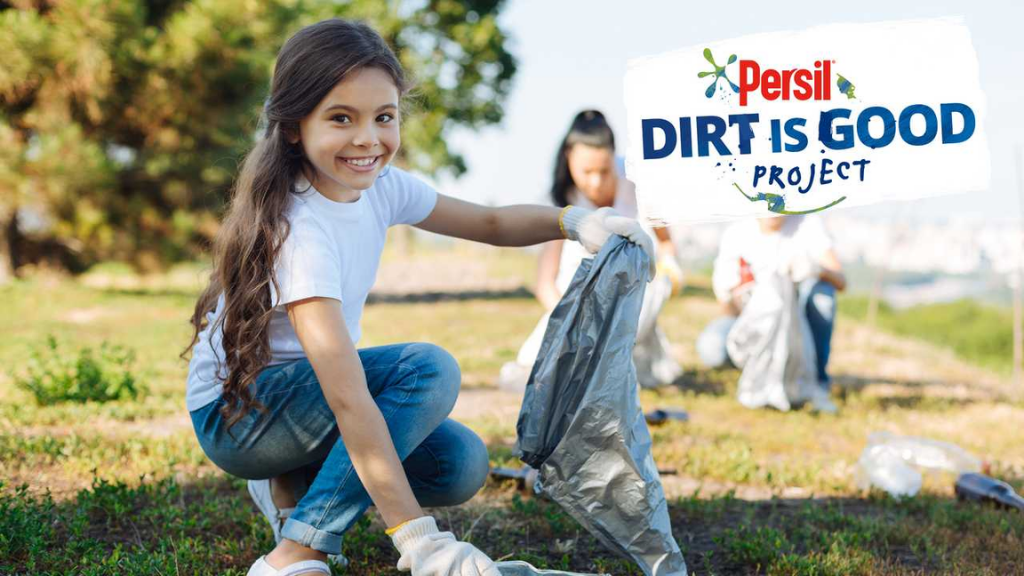
Persil is a popular cleaning brand by Unilever that has raised quite a few environmental concerns about its product. Unsurprisingly, they tried to appear more eco-friendly by doing the “Dirt is Good” ads. However, the Advertising Standards Authority (ASA) banned the ad shortly after for making false claims to be ‘kinder on the planet’.
The ads showed scenes of people doing eco-friendly actions, such as planting trees or picking up trash, but did not explain how Persil was actually good for the environment.
The ASA found the claims to be ‘unclear’ and ‘unsubstantiated’. They asked: kinder on the planet than what? Compared to other laundry detergents, Persil is not very kind at all.
This case shows that environmental claims need to be backed up by evidence, not just slogans or hashtags.
FIFA: Qatar World Cup

FIFA claimed that its 2022 Qatar World Cup would be carbon-neutral. However, this claim was far from the truth. Carbon Market Watch, a climate watchdog, said that FIFA underestimated the emissions from the tournament by a large margin. FIFA denied any greenwashing and said it was committed to climate action. But its reputation was damaged by the controversy.
Volkswagen: Emission Test

Volkswagen, a German car maker, was caught cheating on federal emissions tests in 2015 by the U.S. Environmental Protection Agency (EPA). The company had installed software in many of its diesel cars that could lower the emissions when tested but emits up to 40 times more than the EPA limit in normal conditions.
The software was designed to evade environmental regulations and make the cars seem greener than they were. Volkswagen confessed to the fraud and its CEO stepped down after the scandal.
Nestlé: False Claim
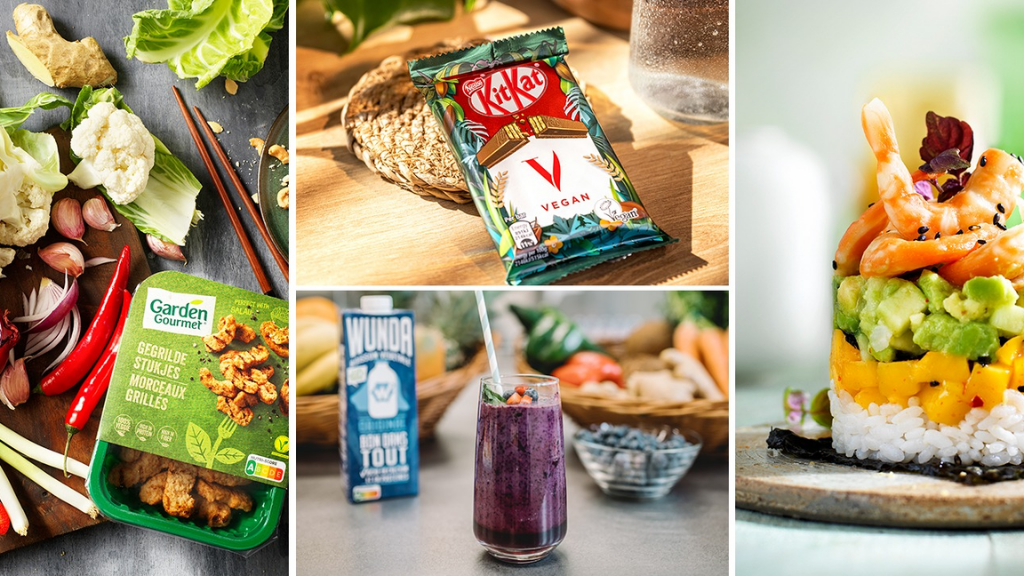
Nestlé claimed in 2018 that it wanted its packaging to be 100% recyclable or reusable by 2025. However, the company had no clear goals, plans, or actions to achieve this. Greenpeace accused Nestlé of greenwashing and said that its statement was too weak and vague to address the plastic crisis that it created. In 2020, Nestlé, along with Coca-Cola and PepsiCo, were named the world’s top plastic polluters for the third consecutive year by Break Free From Plastic.
Coca-Cola: World Without Waste Campaign
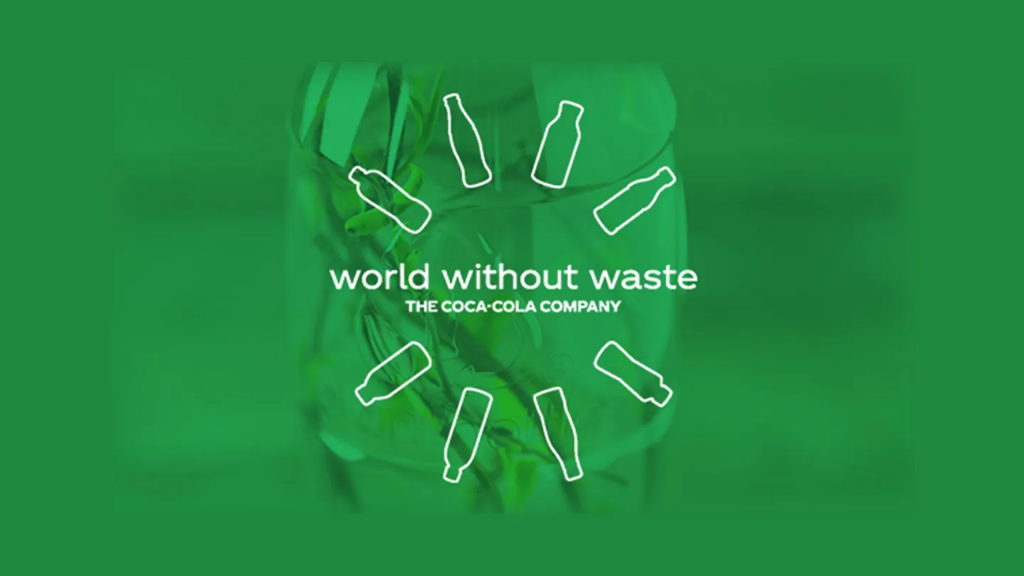
Coca-Cola is the world’s worst plastic polluter, according to Break Free From Plastic’s annual report. In 2020, the company refused to stop using plastic bottles, saying that customers liked them.
However, the company claims that it is working to reduce packaging waste. A spokesperson said that they aim to collect and recycle every bottle by 2030 and that they have introduced bottles with 100% recycled plastic in 18 markets.
But in June 2021, Earth Island Institute sued Coca-Cola for falsely advertising itself as sustainable and eco-friendly, despite being the biggest source of plastic pollution.
Starbucks: Strawless Lid

Starbucks introduced a “straw-less lid” in 2018 as part of its sustainability drive, but it actually used more plastic than the old lid and straw. The company said that the lid was made from recyclable plastic, but critics argued that most of the world’s plastic was not recycled and that the US was dumping its recycling problem on poorer countries.
McDonald’s: Paper Straw
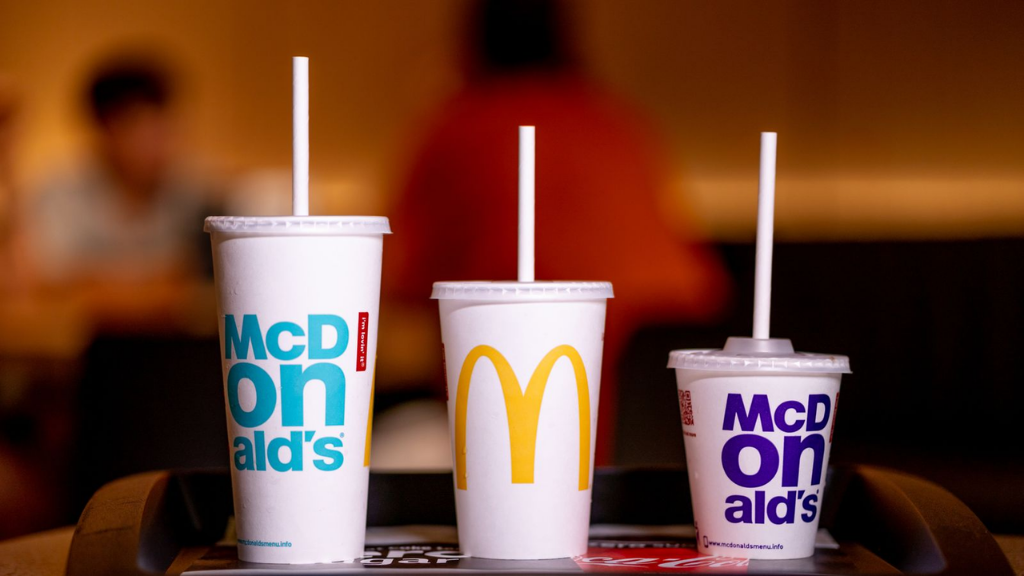
McDonald’s tried to be more eco-friendly by replacing plastic straws with paper ones, but it turned out to be a greenwashing fail. The paper straws were not recyclable, because they were too thick to be processed by the recycling machines. The company admitted that the straws had to be thrown away with the general waste, which defeats the purpose of using paper in the first place. McDonald’s said that it was working on a solution, but it faced a lot of criticism and backlash from customers and environmental groups.
How Can You Spot Greenwashing?
Greenwashing is becoming harder to spot. However, media in recent years has paid more attention to this term, giving you a better idea of how to determine which brands are guilty.
Common Greenwashing Tricks
There are some common tricks that greenwashers use to make their products or services seem more sustainable than they are:
- Vague language: Beware of words that have no legal definition or clear meaning, such as ‘natural’, ‘eco-friendly’, ‘alternative’, or ‘farm-fresh’.
- Irrelevant claims: Don’t be fooled by a minor green feature on an otherwise harmful product. For example, a palm oil product that boasts about its recyclable bottle.
- Bad gestures: Watch out for big ideas that sound good but are not based on expert advice. For instance, British supermarket M&S planned to release 30 million honeybees into the wild but had to cancel it when experts warned that it would damage the ecosystems.
- Misleading numbers: Be careful of percentages that are not backed by facts or context. For example, a label that says ‘50% more recycled content than before!’, when the content has only increased from 2% to 3%.
- Rebranding: Don’t be seduced by a change in packaging or design that implies sustainability, but does not reflect any real change. For example, coffee beans that switch to brown paper bags, or homeware that uses earthy colors and slogans.
What To Look Out For?
Greenwashing is all about deceiving by using vague words and phrases to redirect customers’ focus from the issue that actually matters. So what should we look out for to know that a brand is faking it?
- Accountability: Real sustainable brands are those that are transparent about their environmental performance and publish annual reports and statistics on their websites.
- Accreditation: Look for brands that have been verified or certified by independent third parties, such as B Corporation or Fairtrade. For example, Akepa is certified by ClimatePartner, one of the world’s leading climate action companies.
- Clear labeling: A simple and to-the-point label that clearly states the origin or ingredients of a product is a good sign of a truly sustainable brand.
- Traceability: An eco-friendly brand should have a clear and easy way for customers to track their product’s sustainability. For instance, some sustainable fashion brands use QR codes to show you their supply chain.
Conclusion
Greenwashing is losing its appeal, as people want to support brands that are genuinely sustainable. That’s why at Tenere, we are transparent about our donations and how they support environmental causes. You can see how much we donate and where it goes on our website. We are not just a sustainable business, we are a business for sustainability.
Hope that these greenwashing examples have given you enough clues to know which businesses to avoid.

